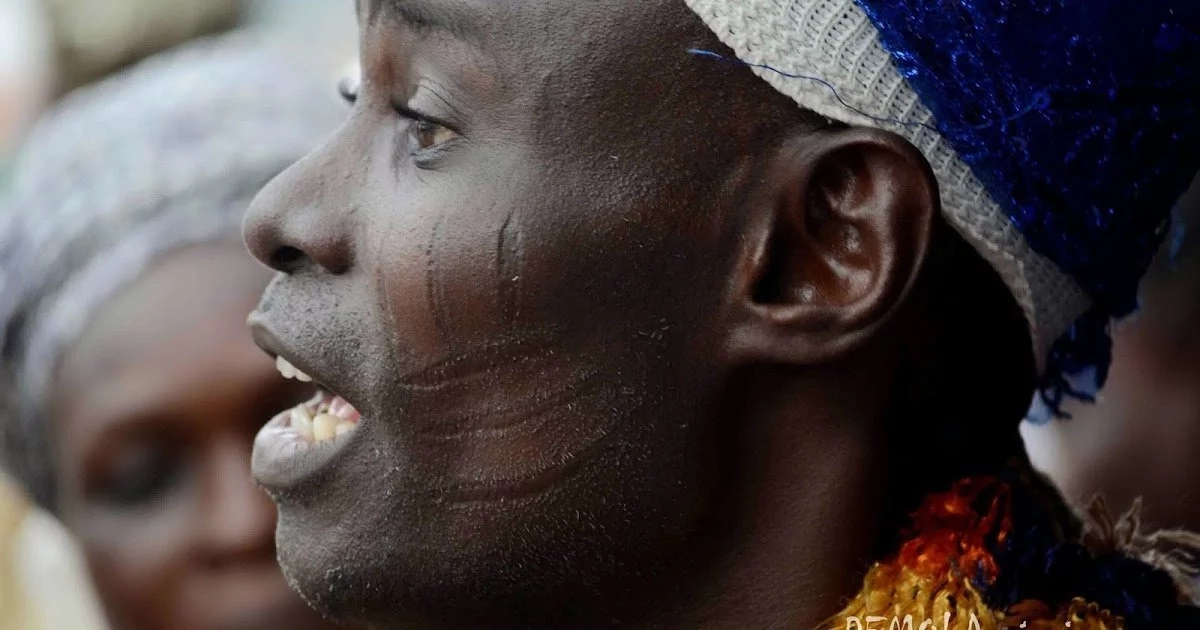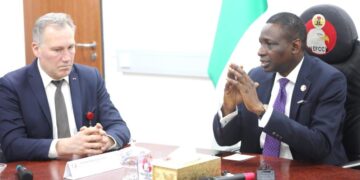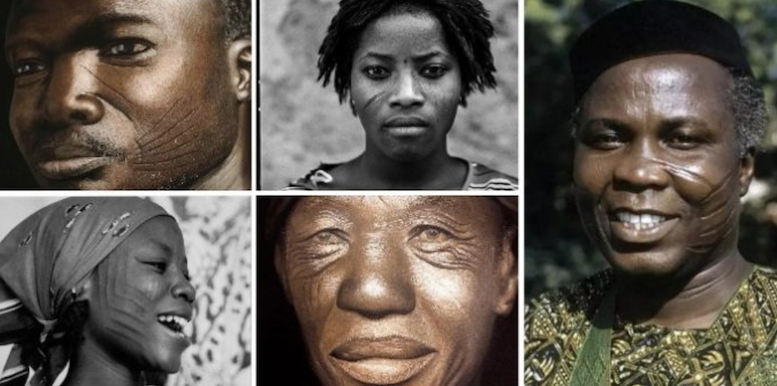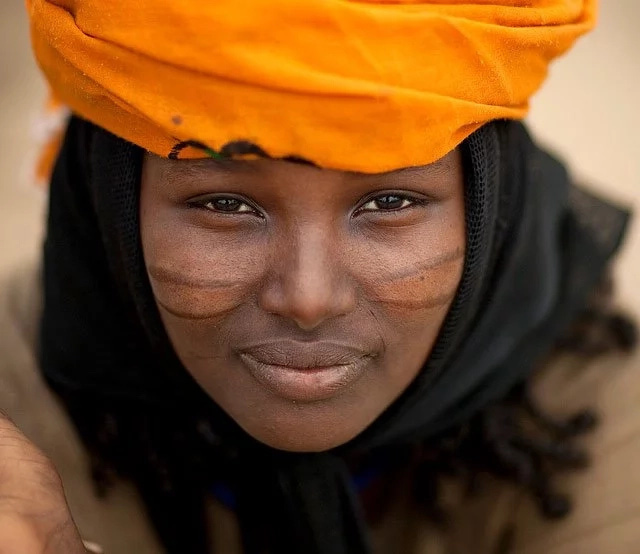Tribal marks in Nigeria have always been a significant part of our culture. Yorubaland is one of the cradles of this practice.
Origin of Tribal Marks
If you look deeply into history, the practice of tribal marks has been in existence for hundreds of years and they are not peculiar to Nigeria, not even Africa. The major purpose of tribal marks is for identification of members of same tribes or families. The permanent marks became one of the symbols of identification for tribe members. Let’s take a look at the most usable styles of marks for Yoruba and Nigeria.

How are tribal marks made?
Tribal marks are made through scarification technique. People who make these marks usually use razors or sharp objects to make them on children’s faces or other parts of their bodies. Then they rub native dye from charcoal marks to prevent the skin from closing up as the body tries to heal itself. The native dye also helps to stop bleeding.
Tribal marks and their meaning
Some Yoruba societies still practice the tradition facial marking in these modern times. According to the traditions, every child in Yoruba land is born into a patrilineal clan. This clan share marks or “ila,” family name “oriki,” taboos and poetry.








































Discussion about this post